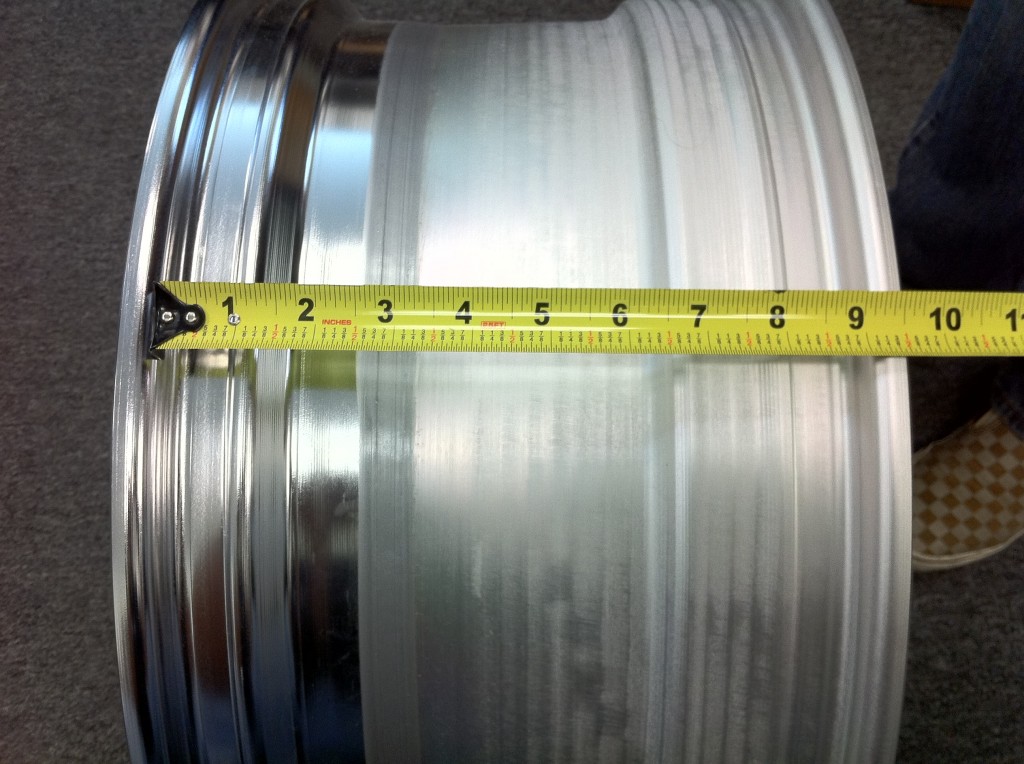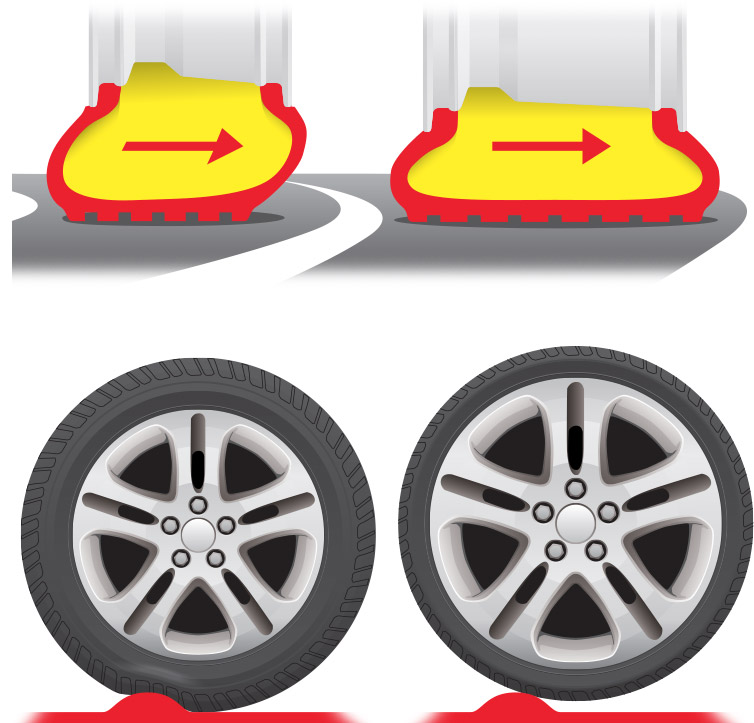To measure rim width with a tire on, first locate the tire’s sidewall. Use a caliper or tape measure to measure the width between the inner edges of the rim.
Understanding rim width is crucial for tire performance and safety. Accurate measurements ensure proper fitment, enhancing vehicle handling and stability. Many vehicle owners overlook this aspect, leading to compatibility issues. A correct rim width supports optimal tire inflation and improves overall driving experience.
Measuring with the tire on can seem tricky, but it provides a practical approach to ensure accuracy. Whether you’re upgrading tires or simply checking compatibility, knowing how to measure rim width accurately can prevent future hassles and promote better vehicle maintenance. Let’s explore the steps involved in this essential task.

Credit: www.912bbs.org
Introduction To Rim Width Measurement
Measuring rim width with a tire on is important for safety. It helps ensure the right fit for your vehicle. An incorrect width can affect handling and performance.
Tools needed for this measurement are simple. You will require a tape measure or a ruler. A marker can help mark your measurements. A helper can make this task easier.
Follow these steps for accurate measurement:
- Remove any wheel covers or decorations.
- Locate the outer edges of the tire.
- Measure from one edge to the other.
- Record the measurement for your reference.
The Basics Of Rim And Tire Sizes
Rim width is important for tire performance. It affects handling and grip. Measuring rim width helps ensure proper tire fit.
To understand rim width, look for the markings on your tire. The tire size usually includes numbers. For example, a size like 225/45R17 has important details.
The first number indicates the tire’s width in millimeters. The second number shows the aspect ratio. The last number is the rim diameter in inches.
To measure the rim width, check the tire sidewall. Use a tape measure to find the width. Measure from one bead seat to the other.
Preparation Steps
Safety is very important before starting any measurement. Ensure your vehicle is on a flat surface. Engage the parking brake to prevent movement. Wear safety goggles to protect your eyes.
Positioning your vehicle correctly is essential. Ensure the tires are inflated to the recommended pressure. This keeps the tire shape stable during measurement. Check if the wheels are free from dirt and debris. Clean wheels help in getting accurate measurements.
Always use appropriate tools. A tape measure or caliper works well for this task. Make sure to note the measurements accurately for future reference.
Visual Inspection
Start with a visual inspection of the tire and rim. Check the sidewall for markings. These markings often show the rim width and diameter.
Look for letters and numbers. Common markings include ETRTO and ISO. These indicate the rim width in millimeters.
| Marking | Description |
|---|---|
| ETRTO | European Tire and Rim Technical Organization standard |
| ISO | International Organization for Standardization measurements |
Estimating measurements can be tricky. Use a caliper for more accuracy. Measure the rim’s inner width. This gives a good idea of the rim width.
Always check the tire size. It helps confirm the rim width. Knowing these details ensures proper fit for your vehicle.
Using A Tire Gauge
Choosing the right tire gauge is crucial for accurate measurements. Digital gauges offer easy reading and precision. Mechanical gauges are often more affordable and durable.
Follow these simple steps to measure rim width:
- Remove the valve cap from the tire.
- Insert the gauge into the valve stem.
- Press until you hear a hissing sound to release air.
- Read the measurement on the gauge display.
- Record the width in inches or millimeters.
Always ensure the tire is properly inflated before measuring. This helps avoid any errors in your readings.

Credit: www.discounttire.com
Alternative Methods
Measuring rim width with the tire on can be tricky. One effective method is to measure through the tread width. Start by finding the widest point of the tire tread. Use a caliper or a measuring tape for accuracy. This width will give you a good estimate of the rim size.
Many online tools can assist in measuring rim width. Websites often provide calculators based on tire size. Input the tire specifications to find the rim width easily. Use tire size charts for quick reference. These resources help you understand the relationship between tire width and rim size.
| Tire Size | Rim Width (inches) |
|---|---|
| 205/55R16 | 6.0 – 7.5 |
| 225/50R17 | 7.0 – 8.0 |
| 245/45R18 | 8.0 – 9.0 |
Interpreting Your Measurements
Measuring rim width with a tire on can be tricky. Start by checking the tire sidewall. Look for numbers that indicate the tire size. The first number usually shows the width in millimeters.
Next, use a caliper to measure the rim’s inner width. Place the caliper’s jaws against the rim edges. This gives a more accurate measurement.
Cross-reference your measurement with industry standards. Use a tire size chart for better understanding. This helps in knowing the best fit for your vehicle.
Rim width affects vehicle performance. A wider rim can improve handling. It can also change the tire’s contact with the road. This impacts traction and stability.
Conclusion
Measuring rim width with a tire on is straightforward when you follow the right steps. Accurate measurements ensure better tire fit and performance. Regular checks can enhance your driving experience and safety. Remember to use the proper tools and techniques for the best results.
Happy measuring!
